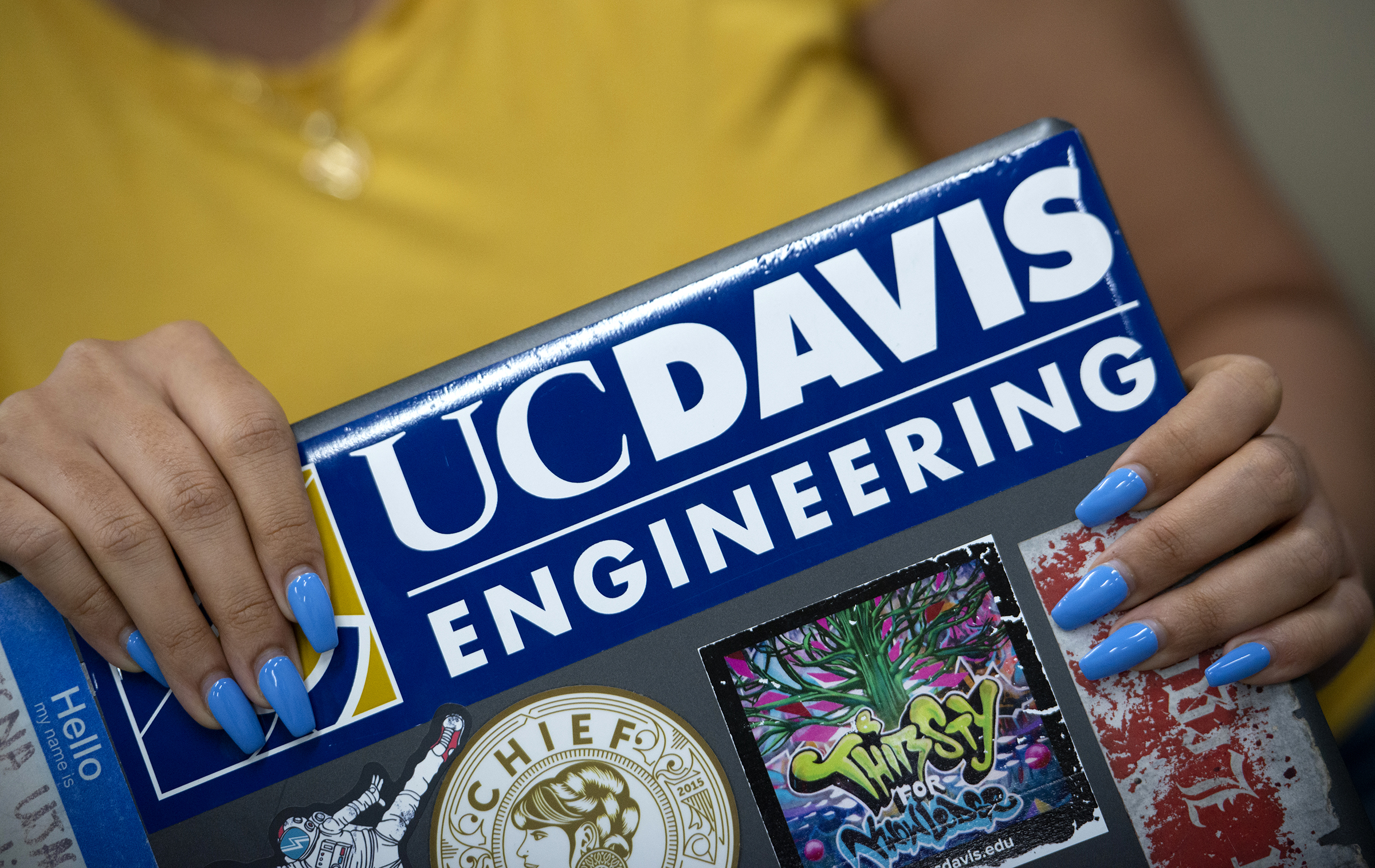Celebrating diversity and inclusion through photos and videos
One of our university’s greatest strengths is its diversity. You will forge greater connections with your audience by creating and using images that go beyond normative, traditional and stereotypical depictions of race, age, body type, gender, sexual orientation and abilities. We all have biases, so it’s important to recognize them and not allow them to impact your judgment. Here are strategies for delivering on these important goals.
Build an inclusive, collaborative process
Involving contributors from different backgrounds will likely result in work that resonates with a wider audience. Collaborate with the people and programs you are photographing before you start photographing them. When selecting visuals, get feedback from others.
Capture authenticity
Use your collaborative process to determine what depictions would be true-to-life. Creating active scenes will reduce pressure on people to represent the topic — instead, the action is representing the topic. Aim to capture people in areas they are not stereotypically or disproportionately associated with. Ask yourself, “If this were a visual of me or someone I love, would I be okay with how they are represented?”
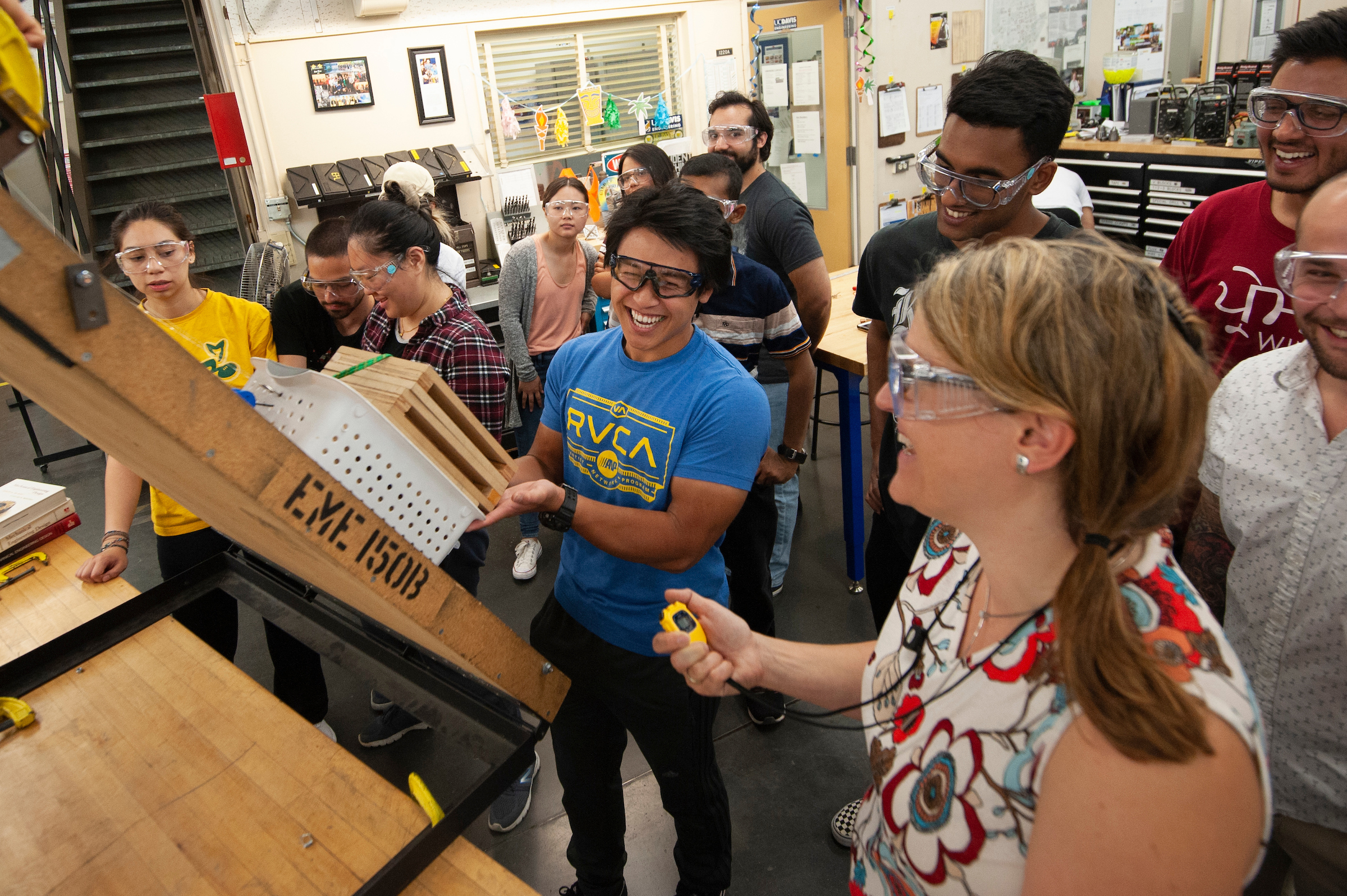

Seek diversity in numbers
Strive to create visuals containing more than one person, unless the story is specifically about an individual. Avoid relying on a single prominent visual in a project to represent diversity when subsequent visuals do not. Your project should represent diversity collectively. This puts less pressure on an individual to represent a topic (e.g., the Department of Chicana/o Studies) or their perceived race, gender, etc. Only use a visual with a single person if they have consented to its intended use.
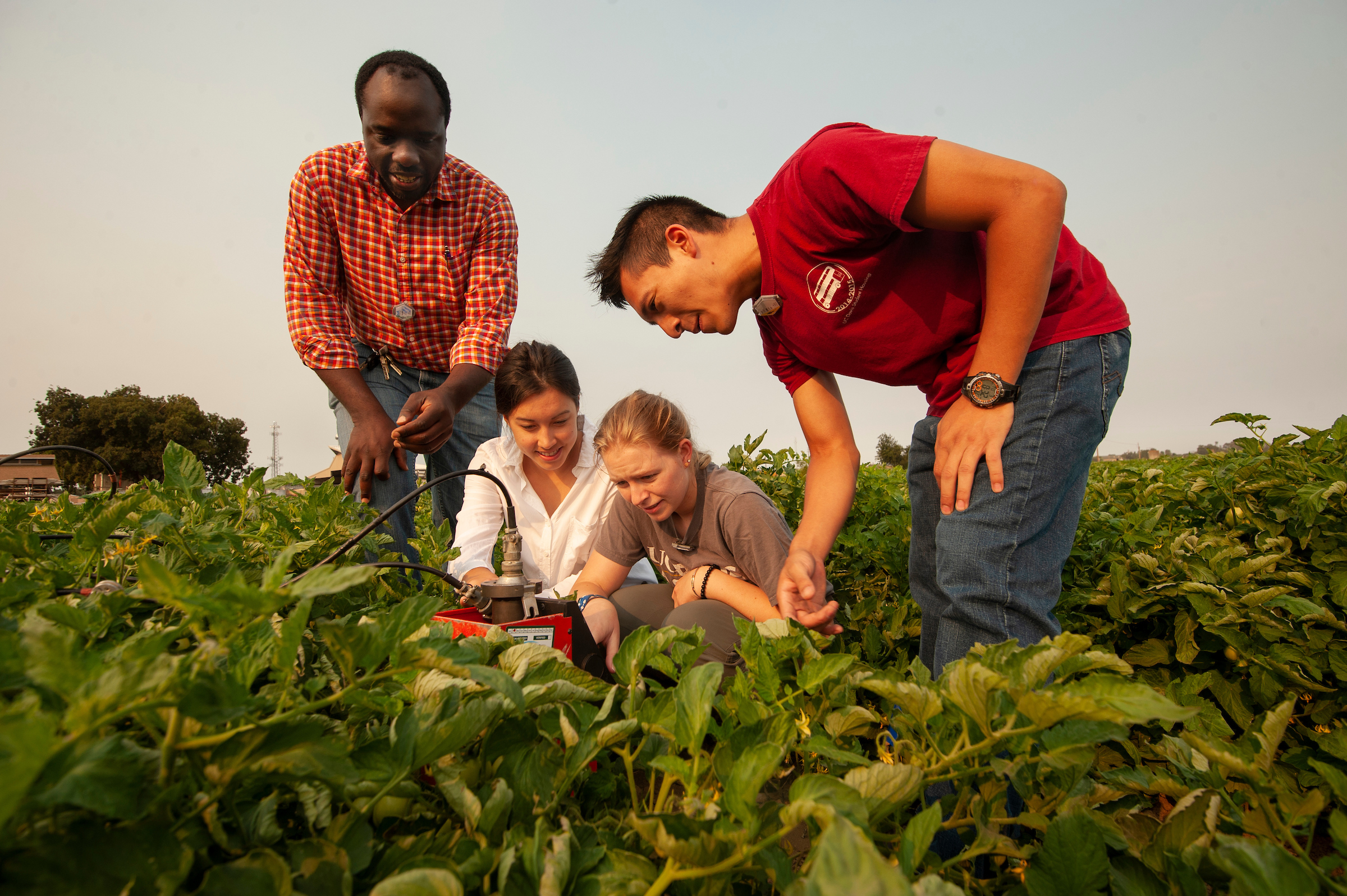

Avoid tokenization
To “tokenize” is to make a transparently minimal effort to depict people from underrepresented groups for the purpose of appearing inclusive. Using the same individuals repeatedly in your project(s), for example, may well be viewed as tokenizing. When selecting volunteers, do not attempt to engineer diversity for staged sessions. Doing so can result in misrepresentation, which ultimately creates mistrust. Instead, select volunteers from your community “as they are.” When shooting spontaneously, ensure all identifiable people are informed of the photo or video session and give appropriate consent.
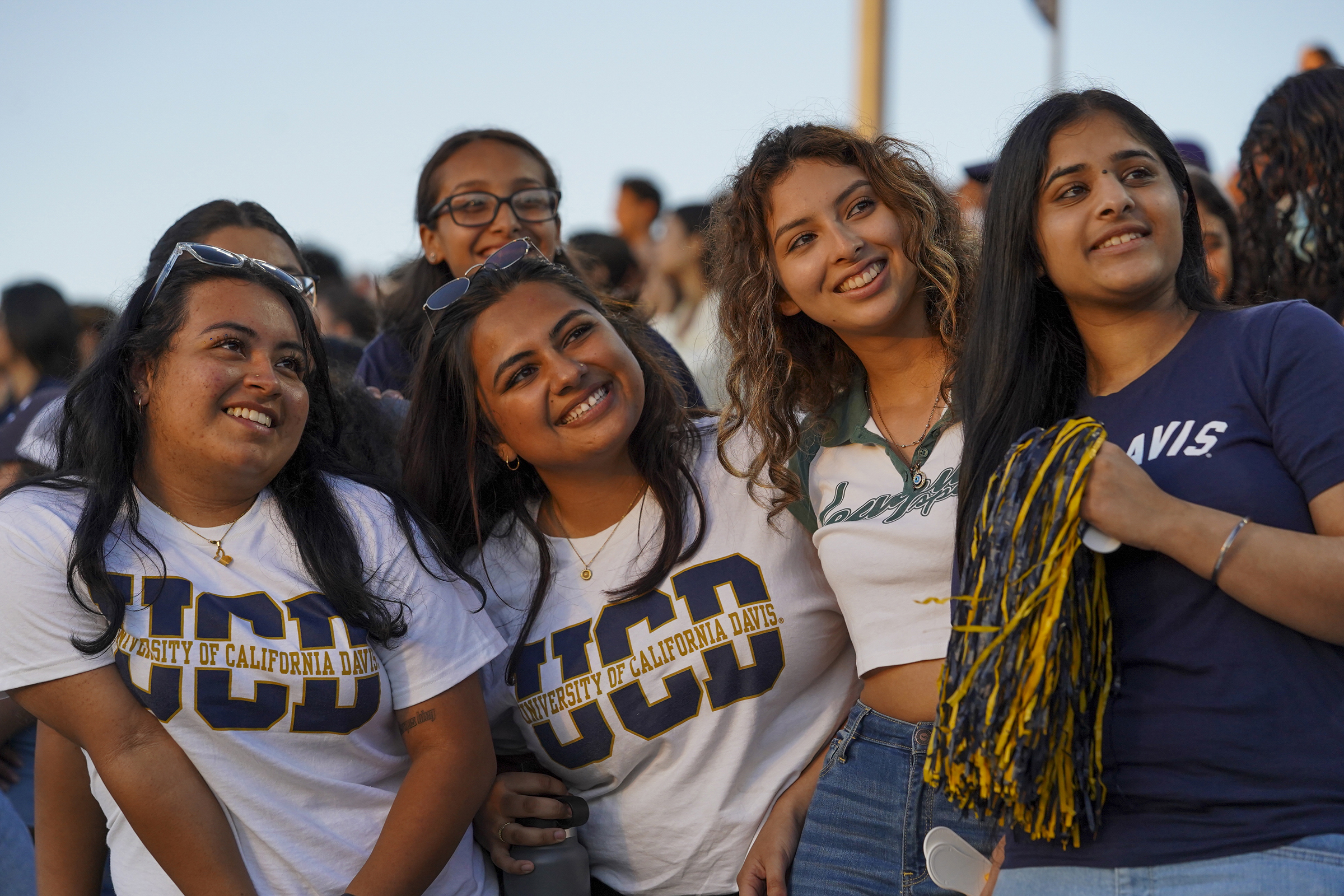
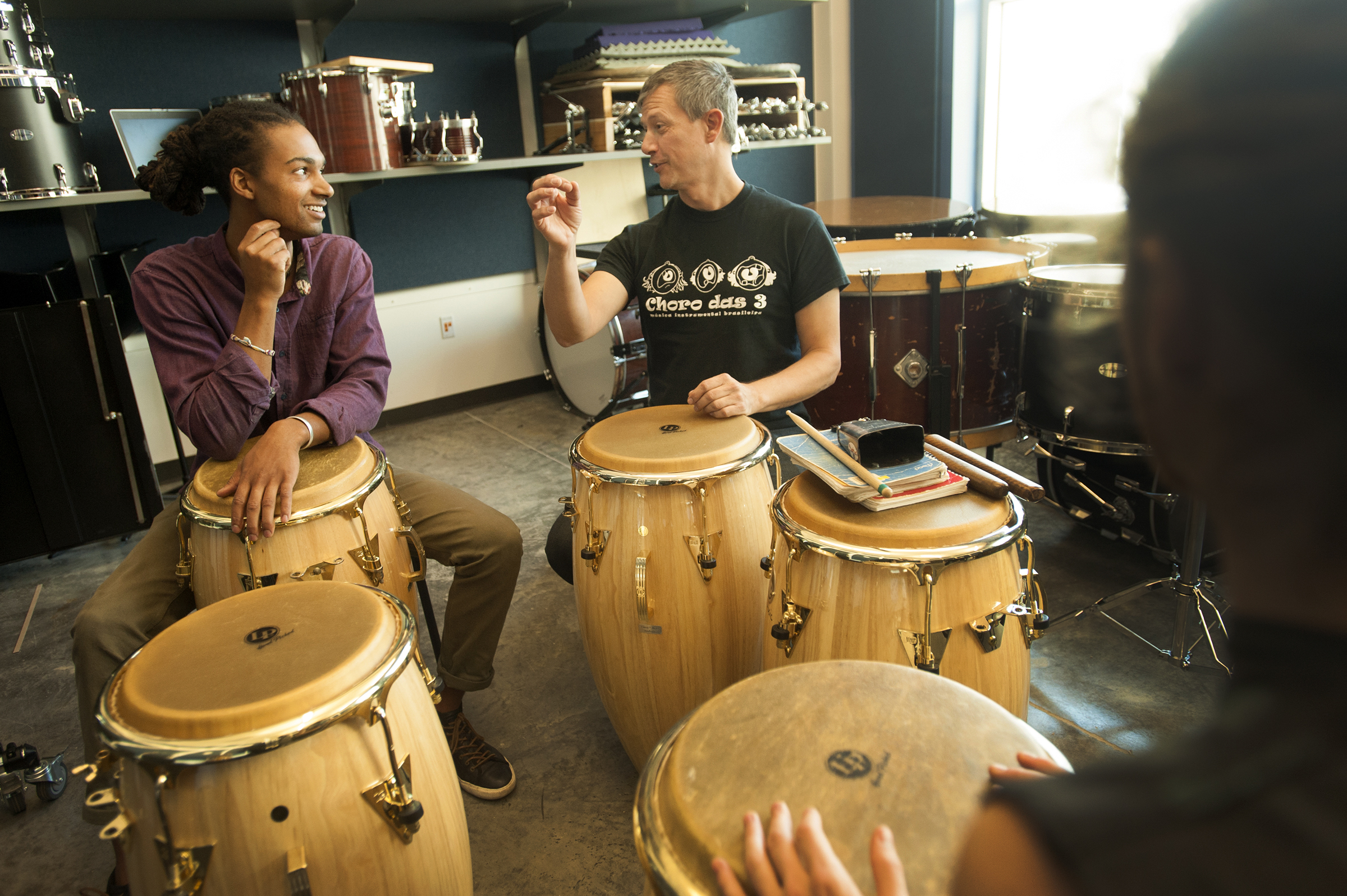
Seek relevance
Include people specific to the topic. For example, the Graduate School of Management would use business students. Athletics would use student athletes. Do not use a visual of someone captured in one context to represent another. For example, you would not use a visual from a plant sciences department mixer to represent the department of Middle Eastern studies simply because the subjects shown are wearing hijabs. Such out-of-context usage can damage credibility.

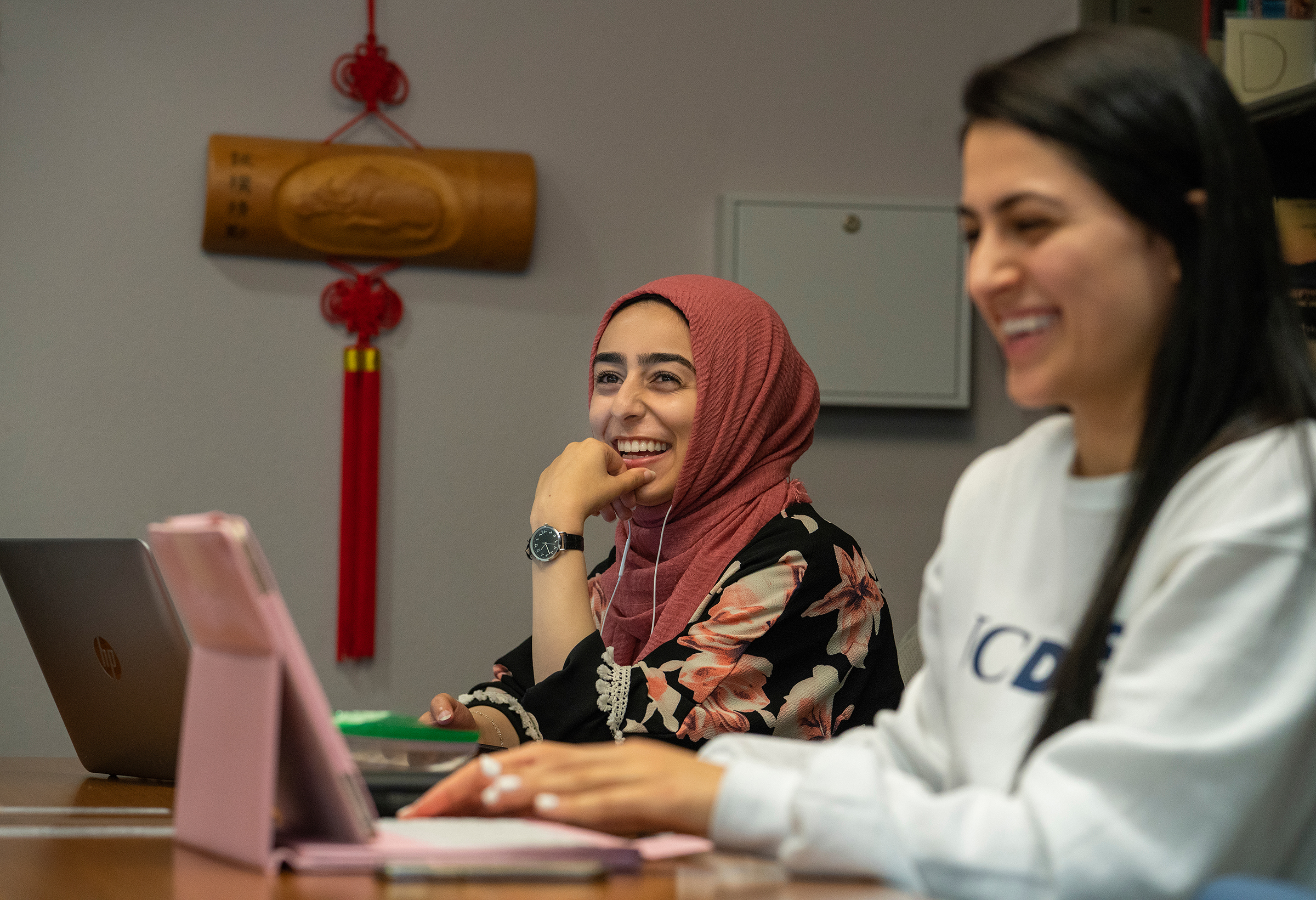
Look beyond the surface
Showing diversity while avoiding stereotypes can be challenging, especially when members of a particular community may look like everyone else. Plus, community members often prefer to blend in and do not necessarily desire a visual cue to explicitly identify themselves as belonging to the group. The rainbow flag, for example, does not need to be used in every visual depicting the LGBTQIA+ community. When possible, choose unexpected and interesting visuals that puncture stereotypes or avoid them altogether. Ask your subject(s) for ideas.
